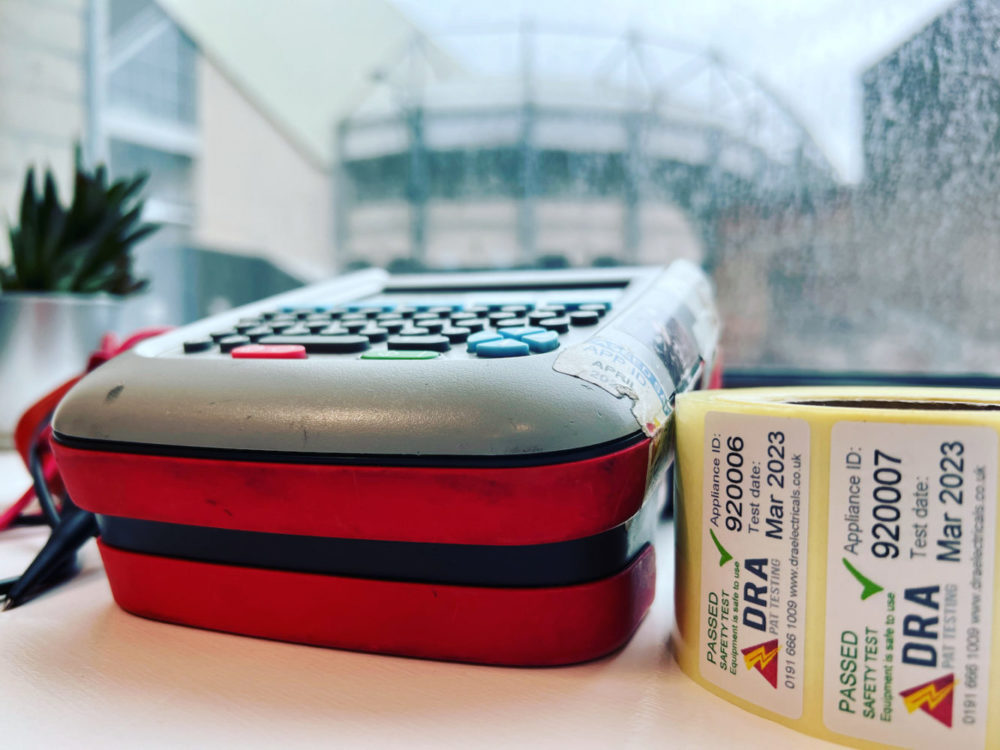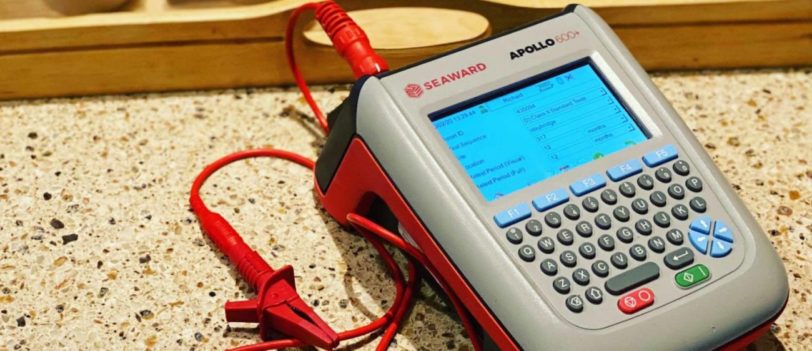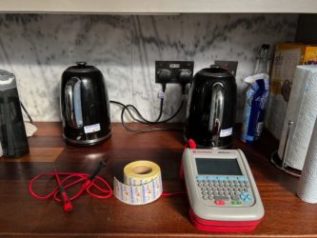Double Insulated Appliance (Class 2)
A double insulated appliance is encased in 2 layers of insulation, and requires a thorough visual inspection by a competent person, eg a trained PAT testing engineer from DRA PAT Testing Limited.
If the appliance has exposed conductive metal (metal part sticking out that is attached to live parts inside) then it should also be tested for insulation resistance to make sure the protection is working correctly.
What is a Double Insulated Electrical Appliance?
An appliance with double insulation, also known as a Class II electrical appliance is one which has been built in such a way that it does not require a connection to electrical earth (ground), and has 2 layers of insulation to protect the user.

A double insulated appliance displays the symbol above; the square inside a square symbol refers to 2 layers of insulation, thus double insulation.
Double Insulated/Double Insulation
The basic requirement is that no single failure can result in dangerous voltage becoming exposed so that it might cause an electric shock and that this is achieved without relying on an earthed metal casing. This is usually achieved at least in part by having two layers of insulating material surrounding live parts or by using reinforced insulation.
In the United Kingdom, a double insulated appliance must be labelled Class II, double insulated, or bear the double insulation symbol (a square inside another square).
An example of a double insulated electrical appliance could be an electric drill or a desk fan. Other items that are class 2 could be a lamp or a hand blender.
The bit not many people realise is that double insulated appliances don’t actually require the portable appliance test per say, but they do need a regular visual inspection by a competent person. The competent person is someone who knows about the appliance such as the maintenance engineer or IT consultant; but the best person is the PAT Testing engineer.
Double insulated equipment would usually be inspected as part of your ongoing PAT Testing regime but it shouldn’t need to be inspected as class I appliances that undergo regular portable appliance tests.
A Class 2 appliance with conductive exposed metal parts like a television requires testing for insulation resistance, but a class 2 appliance fully encased in plastic with no exposed conductive metal parts does not need a test, although it should still undergo a thorough visual inspection by a competent person.



